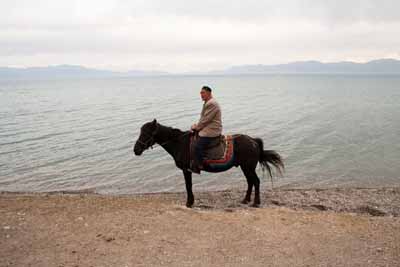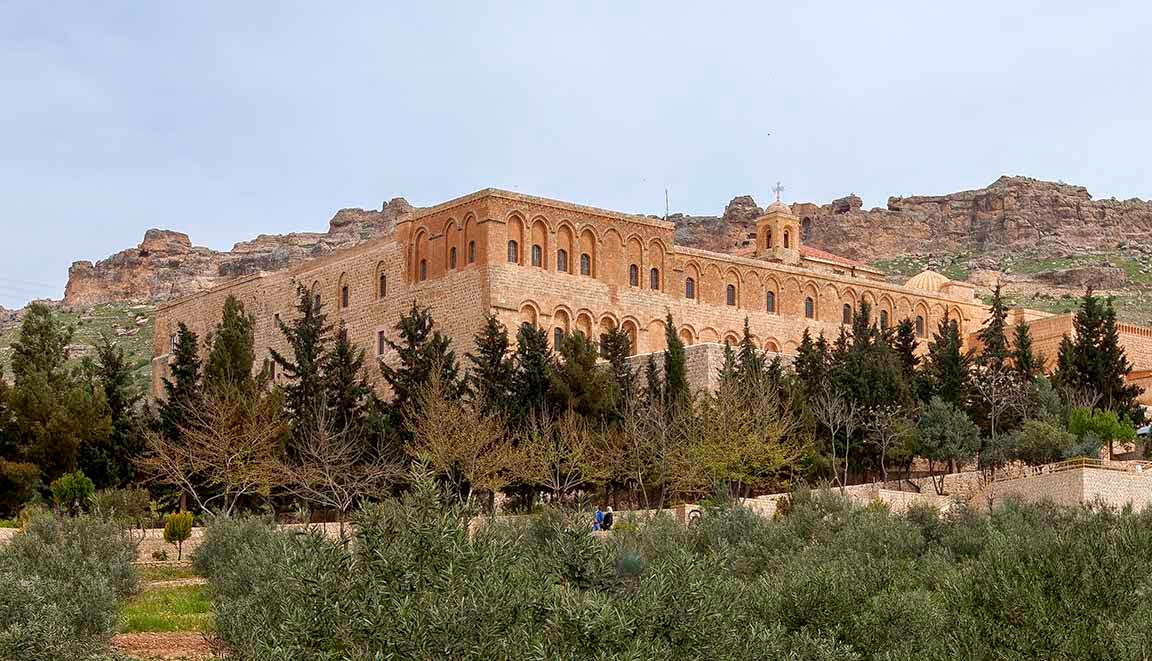Back in Mongolia Chingis had convened a
Khuriltai to plan the invasion of Khwarezm. He was not one to ride off half-cocked. His anger over the murder of his envoy to Otrār had cooled, but his resolution to exact retribution had stiffened. His intelligence networks would have informed him that while the Khwarezmshah was inflicted by infighting among his family and court and by rising discontent among the populace he was still capable of putting half as million or so soldiers into the field. Chingis organized the invasion of Khwarezm in the same step-by-step methodical way he had attacked and finally defeated the Jin in northern China. Leaving the Mongolian Plateau in the spring of 1219, he and his assembled army crossed the passes through the Mongol Altai and dropped down into the upper basin of the Irtysh River, on the northern side of the Zungarian Depression. On the rich grassland straddled the Irtysh he and his men spent the summer fattening their horses. They no doubt also took time to engage in huge hunts for wild game which not only provided food but also served as training exercises for his troops. By the early autumn, when the grass began to yellow, commanders and men were familiarized with each other and their horses were fattened and well-rested. The march west began.
Most accounts imply, even if they do not state outright, that his entire army proceeded en masse to the western end of the Zungarian Basin. (According to one alternative account, Chingis divided his army into two wings, one led by his son Chagatai which would take a northerly route via the Zungarian Basin and another under the command of his son Jochi which would take a southerly route through the Tarim Basin. ) Leaving the bottom of the basin, they rode through the Bor Steppe and by Lake Sayram, areas which as we have seen were in the domains of Ozar Khan and now his son Siqnaq Tegin, and then crossed over the Borohogo Range via the Ak-Tasi Pass.
Lake Sayram
Then via switch-backed trails they dropped down the great ramparts on the western side of the Borohogo Range into the Ili Valley. . .
Continued.



